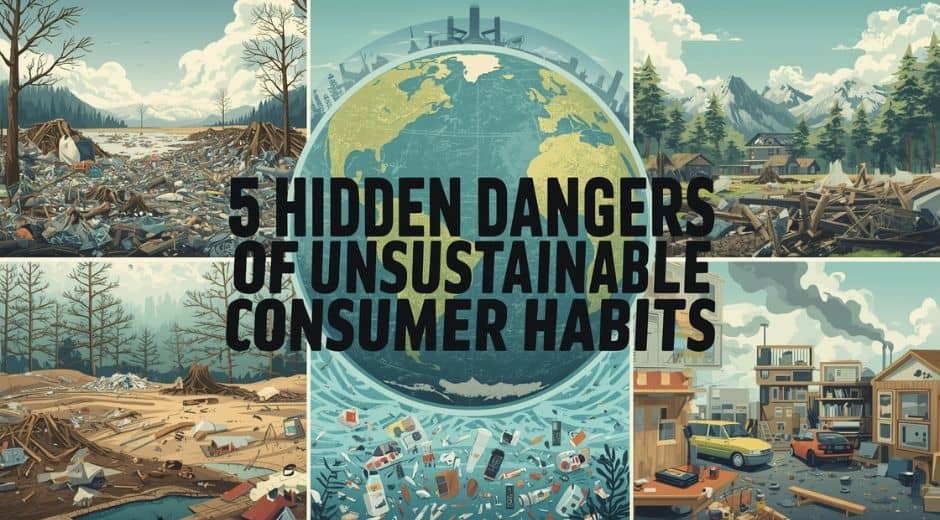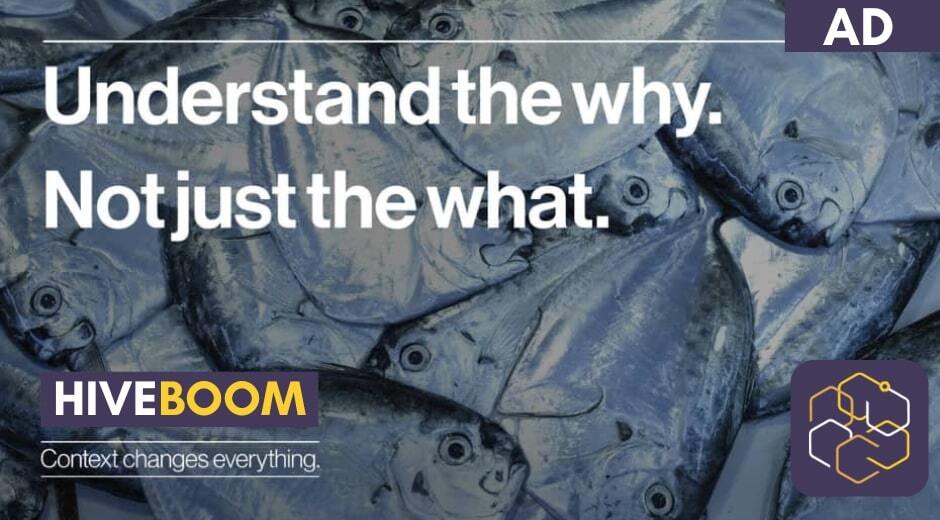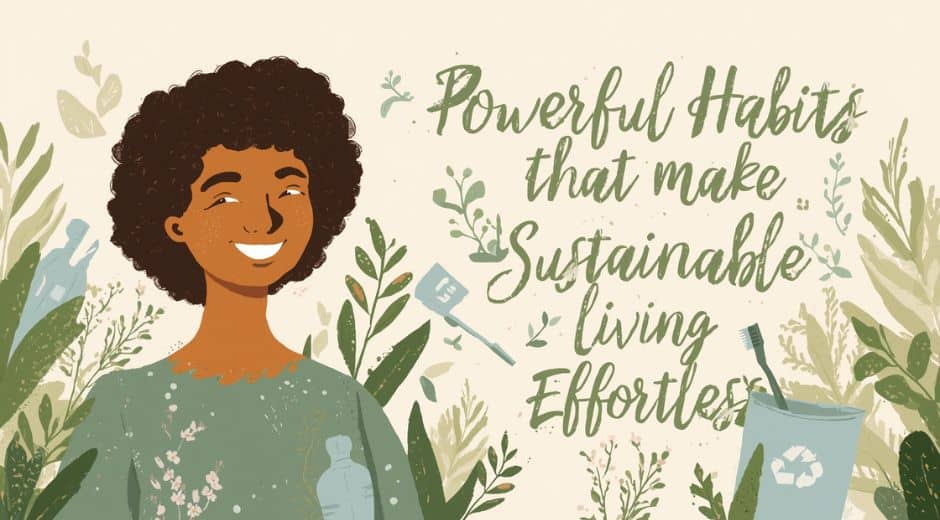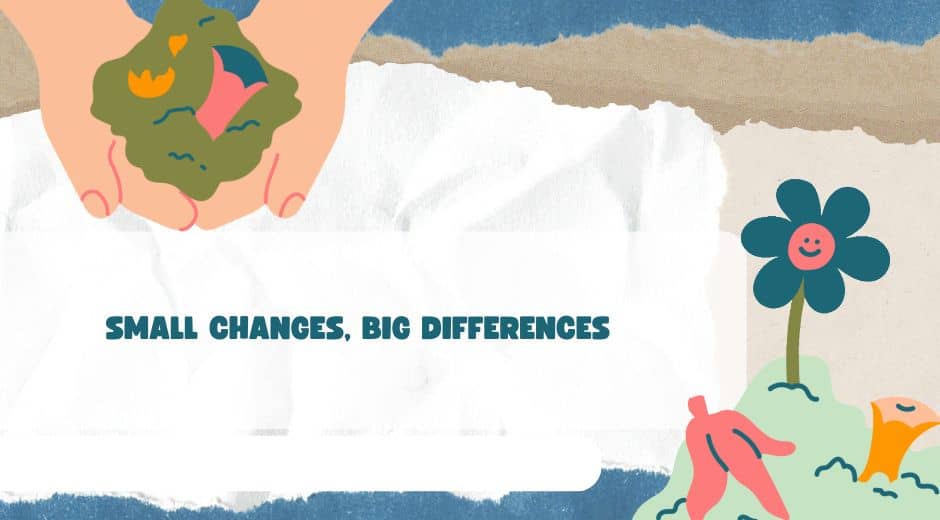5 Hidden Dangers of Unsustainable Consumer Habits
5 Hidden Dangers of Unsustainable Consumer Habits
In today’s fast-paced world, the way we consume goods often comes with hidden costs that many of us overlook. Unsustainable consumer habits contribute to environmental degradation, climate change, and the loss of biodiversity. While we might think our individual actions are insignificant, collectively, they have a massive impact on the planet. Recognizing these dangers is the first step toward adopting more eco-conscious practices and making a positive difference in the world.
1. The Danger of Fast Fashion
Fast fashion is one of the most insidious threats to our environment. Clothing brands churn out cheap, trendy garments at an alarming pace, encouraging consumers to buy more and discard items quickly. This results in mountains of textile waste ending up in landfills every year. Additionally, the production of synthetic fabrics releases microplastics into waterways, while cotton farming consumes vast amounts of water and relies heavily on pesticides.
To counter this danger, consumers can prioritize durable clothing, buy second-hand items, or support brands committed to sustainable and ethical practices. Simple changes, such as repairing clothes instead of replacing them or shopping for quality over quantity, can dramatically reduce your ecological footprint.
2. The Danger of Single-Use Products
Single-use plastics and disposable items might make life more convenient, but their environmental cost is enormous. Plastic straws, cutlery, packaging, and beverage bottles often end up in oceans, harming marine life and disrupting ecosystems. Even biodegradable plastics can take years to decompose fully under real-world conditions, often causing more harm than good if improperly managed.
Replacing single-use items with reusable alternatives is one of the easiest ways to combat this danger. Metal or bamboo straws, cloth shopping bags, and refillable containers are all practical solutions. For those looking for more innovative ways to reduce everyday waste, BioNatureVista provides excellent guidance and practical tips on sustainable consumption.
3. The Danger of Electronic Waste (E-Waste)
The rapid turnover of electronics presents another serious danger to the environment. Smartphones, laptops, and other devices contain hazardous substances like lead, mercury, and cadmium, which can leach into soil and water when not disposed of properly. Globally, millions of tons of e-waste are generated each year, much of which ends up in landfills or is shipped to developing countries where it is often processed unsafely.
To reduce this danger, consumers can extend the lifespan of their devices by repairing instead of replacing them, buying refurbished electronics, and participating in certified recycling programs. These small actions help prevent toxic chemicals from entering the environment while also conserving resources.
4. The Danger of Over-Packaged Goods
Excessive packaging is another hidden danger that affects both the environment and consumer habits. Many products come wrapped in multiple layers of plastic, cardboard, or other materials that are often unnecessary and end up in landfills. Packaging not only contributes to waste but also consumes energy and resources during production.
Consumers can mitigate this danger by choosing products with minimal or recyclable packaging, supporting bulk-buying options, and bringing reusable containers when shopping. By being mindful of packaging, we reduce the demand for unnecessary materials and help preserve natural resources.
5. The Danger of Overconsumption
Overconsumption is perhaps the most pervasive danger in modern life. Constantly buying more than we need, whether it’s clothes, gadgets, or household items, drives resource depletion and waste generation. It also fuels industries that often exploit labor and environmental resources in the pursuit of profit.
Adopting a minimalist mindset can help combat this danger. Focus on purchasing high-quality, multifunctional items, avoid impulse buying, and declutter regularly to ensure that what you own truly serves a purpose. This shift not only reduces environmental impact but also encourages intentional living and financial mindfulness.
Conclusion
The dangers of unsustainable consumer habits are real, widespread, and often hidden in plain sight. From fast fashion and single-use plastics to electronic waste and overconsumption, each action we take has a ripple effect on the environment. By adopting conscious choices, such as repairing instead of replacing, using reusable products, and prioritizing minimalism, we can significantly reduce our ecological footprint.
Living sustainably is a journey, and every small change matters. For more practical tips, in-depth guides, and strategies to integrate eco-friendly habits into your daily life, explore Ecoglobalo. Combined with resources from experts like BioNatureVista, you’ll have all the tools you need to navigate the hidden dangers of consumption and make a meaningful impact on the planet.
Live Green Think Global

Using Earth Logic to Guide Sustainability
Using Earth Logic to Guide Sustainability

Eco Shift Actions That Inspire Global Change
Eco Shift Actions That Inspire Global Change

Planet Focus Strategies Making Real Impact
Planet Focus Strategies Making Real Impact











